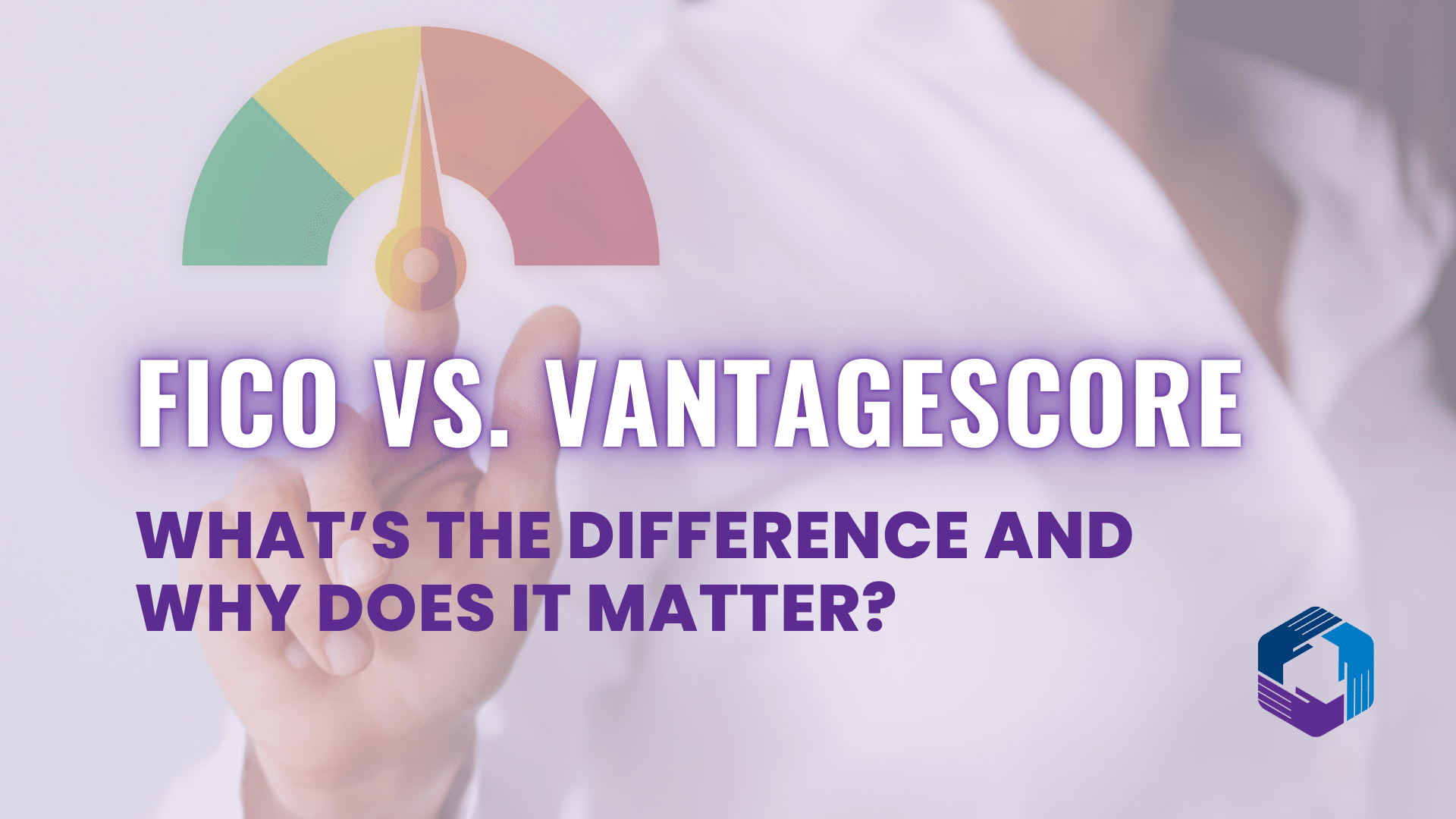
We all know that having a good credit score is important, but did you know there’s more than one type of credit score? Understanding the differences can help you make more informed financial decisions.
When you apply for a car loan, mortgage, or credit card, lenders typically use your FICO score to determine your creditworthiness. On the other hand, if you check your credit score through a service like Credit Karma or your credit card provider, you’re most likely seeing a VantageScore. This can lead to some confusion when your scores don’t match. So, what sets these two scoring models apart? And which one is better?
Similarities Between FICO and VantageScore
Both scoring systems range from 300 to 850, with higher scores indicating better credit health. They evaluate similar factors, including:
✅ Payment History – Have you paid your bills on time?
✅ Credit History – How long have your accounts been open?
✅ Credit Utilization – How much of your available credit are you using?
✅ New Credit – Have you recently applied for new credit?
✅ Credit Mix – Do you have different types of credit (e.g., loans, credit cards)?
Key Differences Between FICO and VantageScore
1. Which Score Lenders Use
FICO is the industry standard— 90% of lenders use it when making credit decisions. VantageScore is more commonly provided to consumers through free credit monitoring services.
2. Credit History Requirements
To generate a FICO score, you need at least six months of credit history and at least one active account. In contrast, VantageScore can be calculated with as little as one month of credit history and just one account reporting for two years.
3. Late Payment Impact
Both models penalize late payments, but VantageScore weighs late mortgage payments more heavily than other late payments. FICO, on the other hand, treats all late payments the same, whether it’s for a credit card, auto loan, or mortgage.
4. How Credit Inquiries Are Counted
Hard inquiries—when a lender checks your credit—have a small impact on your score. However, both models allow rate shopping for loans by grouping multiple inquiries into one.
🔹 FICO gives you a 45-day window for mortgage, auto, and student loans.
🔹 VantageScore offers a shorter 14-day window, but it applies to all types of credit (credit cards, auto loans, etc.).
What’s the Bottom Line?
So, which one is better? That depends on you and your situation, so always keep in mind which score you are looking at. No matter which score it is, the best way to maintain good credit is to:
✔ Pay bills on time
✔ Keep credit balances low
✔ Check your credit report regularly
✔ Only apply for credit when necessary
Using a free credit monitoring service like Credit Karma is a great way to stay informed but always check which score they’re providing. These services are helpful tools, but they don’t replace the scores lenders actually use. If you want a deeper understanding of your credit report and how it impacts your financial future, consider scheduling a credit report review! In this one-time appointment, you’ll get a deep dive into your credit report with personalized tips to improving your credit situation. If you want more consistent and frequent guidance, check out our one-on-one financial coaching. Our coaches can be a great tool for you on your journey towards financial wellness. Either way, we have resources to support you in improving BOTH credit scores, and you can sign up today to get started!





 Regina Fowler (She/Her)
Regina Fowler (She/Her) Aaron Tucker Jr. (He/Him)
Aaron Tucker Jr. (He/Him) Nikol Theberge (She/Her)
Nikol Theberge (She/Her) Andrea Stewart-Douglas (She/Her)
Andrea Stewart-Douglas (She/Her) Anniece Robinson (She/Her)
Anniece Robinson (She/Her) Elizabeth ‘Liz’ Myers (She/Her)
Elizabeth ‘Liz’ Myers (She/Her) Carrie Driscoll (She/Her)
Carrie Driscoll (She/Her) Joyce Kampwerth (She/Her)
Joyce Kampwerth (She/Her) Allison Cook (She/Her)
Allison Cook (She/Her) YaNan Bledsoe (She/Her)
YaNan Bledsoe (She/Her)















